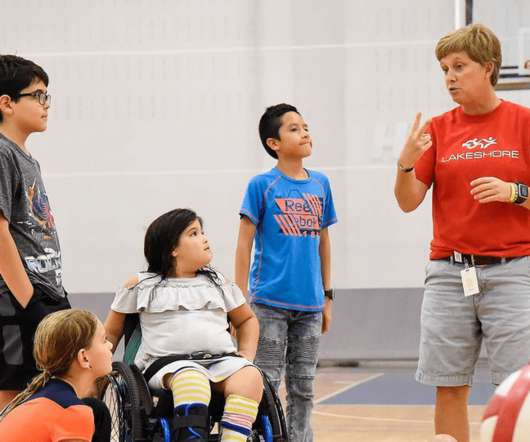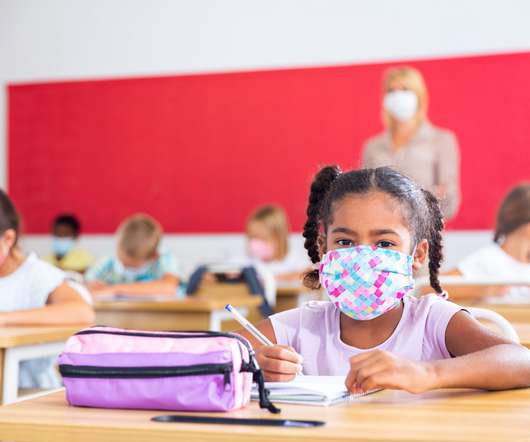Recreational Sports Facilities & Physical Education SAVE Taxpayers’ Money!
Physical Education Update
NOVEMBER 21, 2022
The arguments of this vocal opposition was that spending money on recreational facilities is a frill, whereas infrastructure spending is a necessity. The western world is in the midst of a childhood obesity crisis – a crisis that will result in an astronomical increase in health care costs in the next decade or two. In the U.S.,













Let's personalize your content